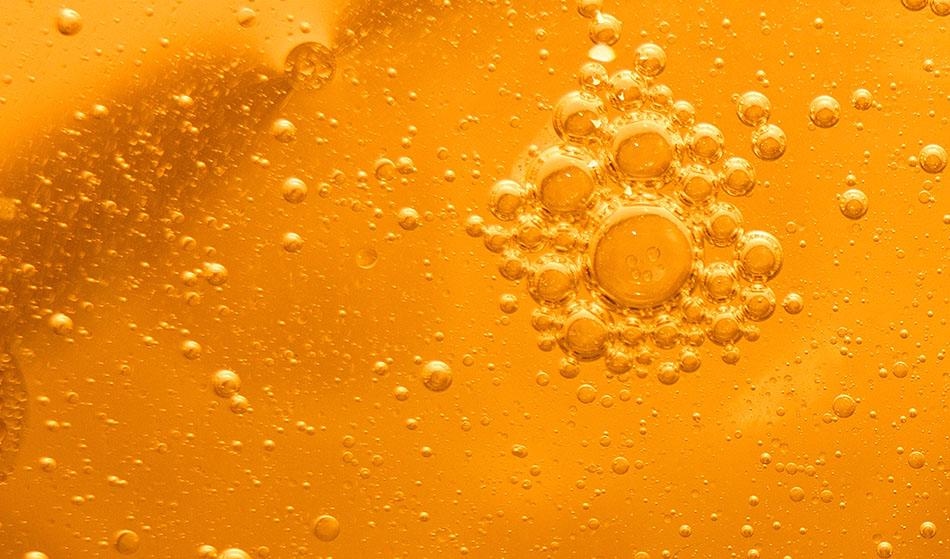
venars.original / Shutterstock
With an exponential increase in global energy consumption every year, there is a simultaneous increase in the number of refrigeration and airconditioning systems. A minimal saving in energy consumption could also bring a huge change to the world energy scenario. To overcome this global problem, Choi (1995) first proposed a nanotechnology-based heat transfer fluid.
A nano lubricant was developed by suspending a small number of nanoparticles onto conventional heat transfer fluids. Nano lubricants have the capability to reduce frictional losses and enhance the transfer of heat. These properties of nanofluids bring dramatic improvements in the thermal characteristic of fluids and are efficiently used in applications such as in the compressors of refrigeration systems.
What are Nanorefrigerants
Nanorefrigerants are a class of nanofluid, which consists of suspended nanoparticles in a base refrigerant. The addition of nanoparticles to conventional refrigerants results in characteristic improvements in the thermophysical and heat transfer properties. Research on nanorefrigerant is generally categorized into two groups:
- The suspension of nanoparticles directly onto base refrigerants (a liquid state at ambient temperature and pressure)
- The suspension of nanoparticles into lubricants used for refrigerant compressors. This ensures that the refrigerant carries traces of nanoparticles with lubricating oil while the system is in operation.
A considerable amount of research has been carried out on the properties of nano lubricants. On the basis of the outcome of this research, it is observed that the thermal conductivity of a nanorefrigerant is higher than that of the base fluid. The thermal conductivity increases with the increase in volume and concentration/mass fraction of nanoparticles in the working fluid. With an increase in the size of nanoparticles, the thermal conductivity decreases.
Carbon Nano Tube-Based Nanorefrigerants
Among different types of nanoparticles, carbon nanotube-based nanorefrigerants reveal a maximum increase in thermal conductivity. In the case of the viscosity of nanorefrigerants, it increases with the increase in particle volume fraction and decreases with the increase in temperature. Viscosity also increases with the increase in the mass fraction of the surfactants.
Different types of nanoparticles are used for the production of nano lubricants. Refrigeration using R134a/TiO2 nano refrigerant has shown a better coefficient of performance (COP) and the energy savings were up to 26.13% at a 0.1% mass fraction. Amendments of CuO nanoparticles to R113 pure refrigerant has shown an increase in the pressure drop by 20.8%.
Using R134a/polyolester mixtures with SiO2, the convective boiling heat transfer coefficient was decreased by 55%. R113/oil/CNTs nano refrigerant increased the nucleate pool boiling heat transfer coefficient by 61%. By using CuO/R134a nano refrigerant in vapor compression refrigeration systems, the maximum heat transfer enhancement was found to be 0.55%. Al2O3 nanoparticles mixed with R134/ PAG at various mass fractions (0.5%, 1%, and 2%), resulted in the enhancement of the heat transfer when compared to pure R134a/PAG.
Nanoparticles
In a similar study on a vapor-compression refrigeration system using R134a/Al2O3/PAG, a reduction in energy consumption by 10.32% and an increase in the COP by 0.2% was recorded. When different nanoparticles such as Cu, Al, CuO, and Al2O3 were compared, Cu-R141b nano refrigerant revealed the maximum heat transfer coefficient, however, a minimum heat transfer coefficient was seen in R141b/CuO.
The addition of nanoparticles of Al2O3 and TiO2 to the lubricant R600a-mineral oil has led to an increase in solubility, viscosity, and density, and a decrease in the surface tension. The thermal conductivity of the nano lubricant was also found to be better than that of the pure lubricant. The low concentrations of CuO nanoparticles suspended in synthetic oil enhanced the tribological properties of the base oil. An increase in the performance of a window unit air conditioning system has also been attained by mixing Al2O3/Mineral Oil (MO 4E) (Al2O3 is 0.05% by mass) and this, in turn, led to an increase in COP and a decrease in energy consumption.
Disclaimer: The views expressed here are those of the author expressed in their private capacity and do not necessarily represent the views of AZoM.com Limited T/A AZoNetwork the owner and operator of this website. This disclaimer forms part of the Terms and conditions of use of this website.